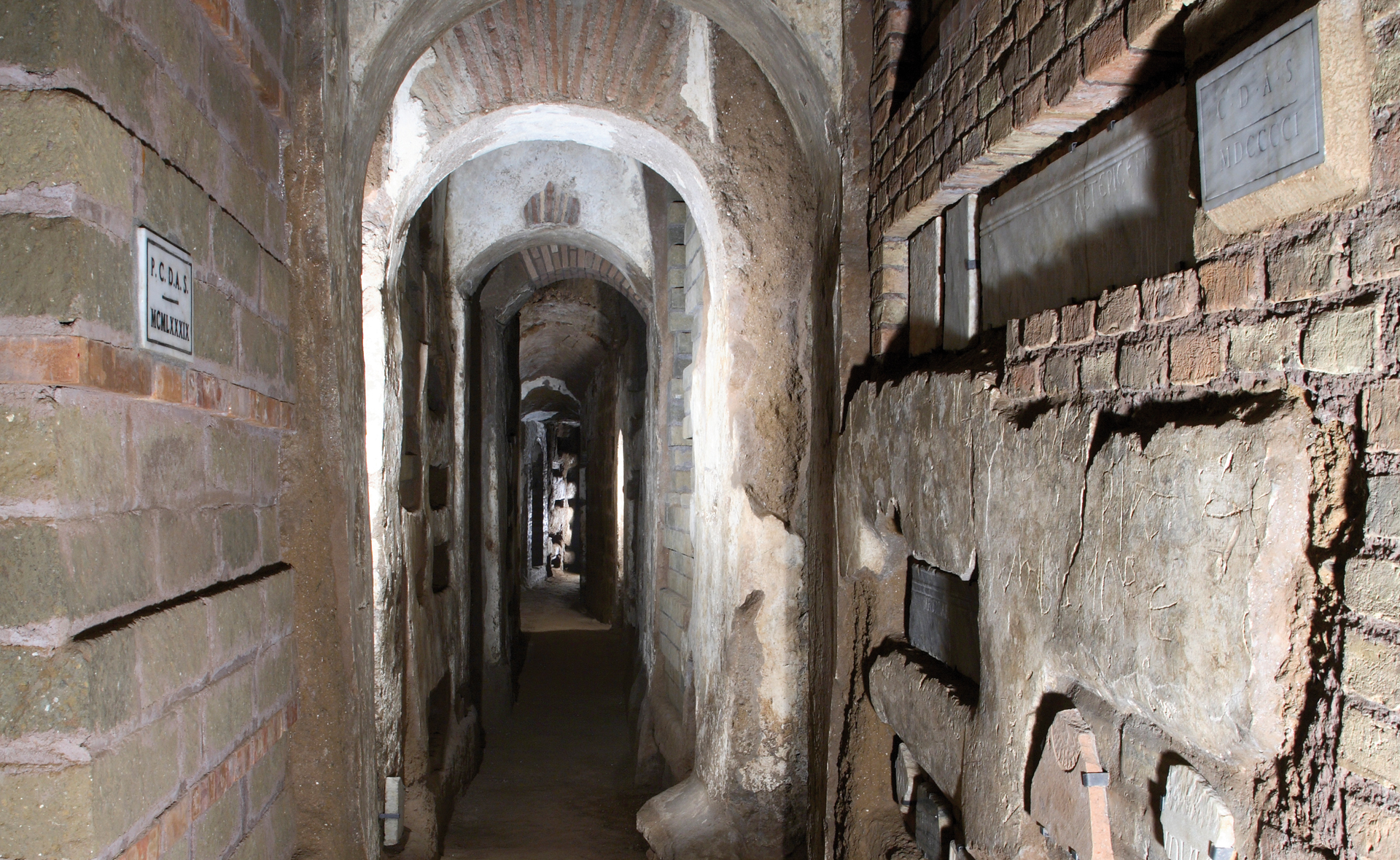The Catacombs of Saints Marcellinus and Peter and the Mausoleum of Saint Helena invite us to discover the heart of Christian Rome.

Cradle of Christianity, Rome is the place where history, faith and art intertwine in a perfect synthesis of charm and beauty. The Roman catacombs, underground tombs in which the first Christians were buried, undoubtedly offer an evocative setting.
The Catacombs of Saints Marcellinus and Peter, excavated between the third and fifth centuries in the locality of “ad duas lauros”, on the current via Casilina, are unique for the early Christian artistic heritage. Among the most extensive in Rome, these catacombs preserve a vast repertoire of frescoes, restored to their former glory using an innovative laser beam cleaning technique.
Inside, the walk between cubicles and richly decorated arcosolia also reveals a small underground basilica apse, built to house the niches of Saints Marcellinus and Peter.
Next to the catacombs stands the Mausoleum of Helena, recently reopened to the public. It is an imposing building, with a central layout of over 20 metres in diameter, where Helen, mother of Emperor Constantine, was buried around 329. The dome of the mausoleum was also built with empty amphorae, called “pignatte” (still visible), from which the surrounding district took the name of Torpignattara. Inside the mausoleum, the small modern church houses an “antiquarium” with exhibits related to the history of the area.
The complex can be visited by appointment and is available for private visits or out-of-hours events. Info: www.santimarcellinoepietro.it/english/.
